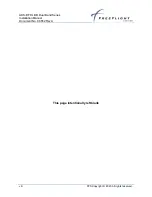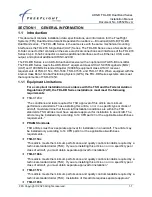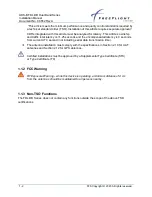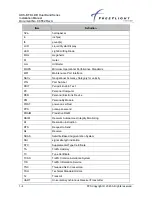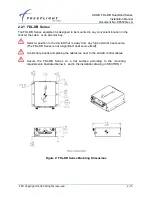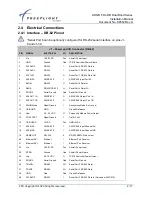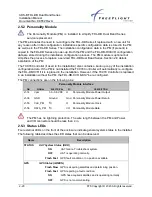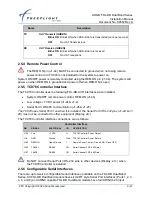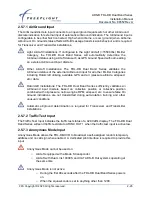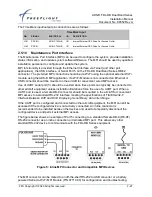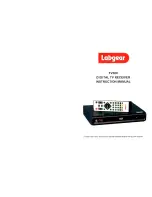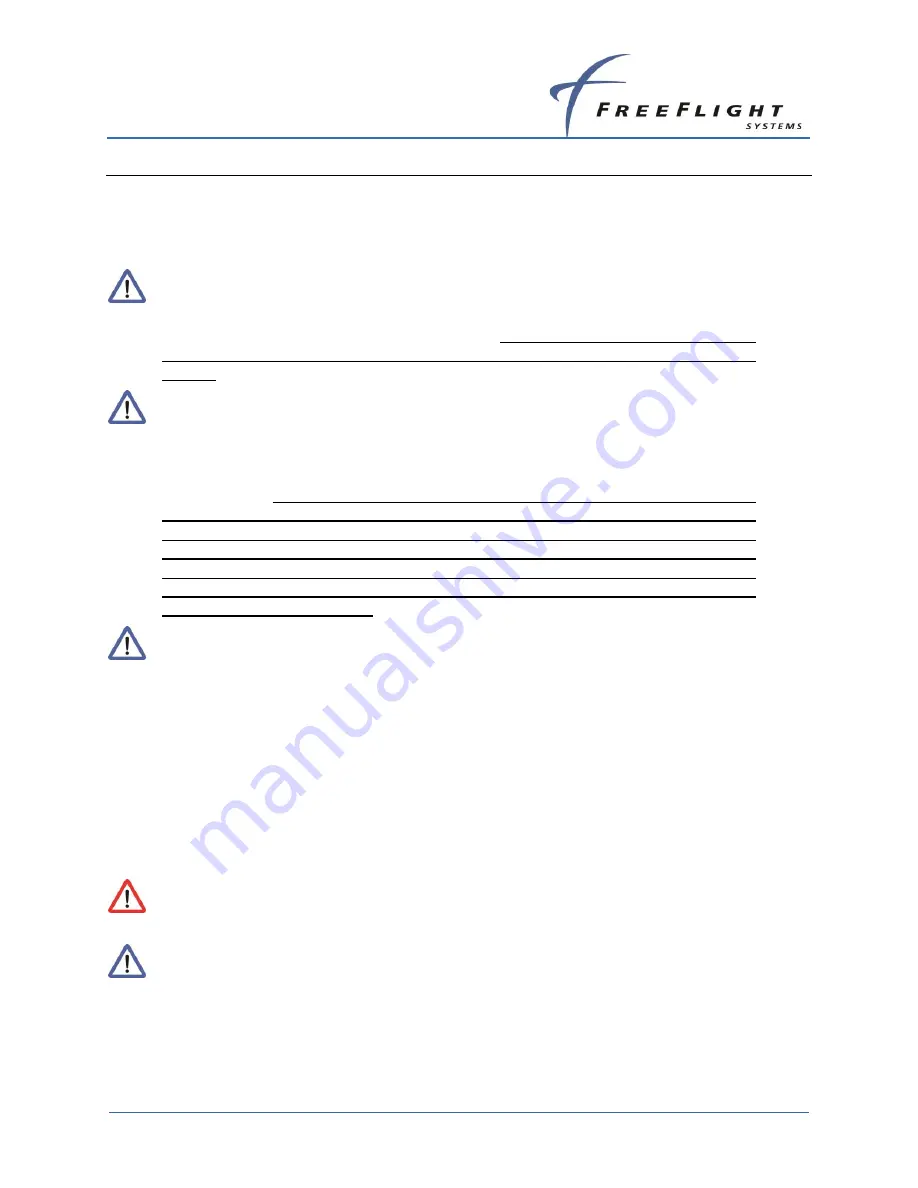
ADS-B FDL-DB Dual Band Series
Installation Manual
Document No. 88552 Rev A
2-14
FFS Copyright © 2020 All rights reserved.
SECTION 2
FDL-DB DUAL BAND SERIES INTERFACES
This section provides general information for installing the FDL-DB Series and TC978 Controller
into an aircraft. This section contains mounting dimensions, pin outs, and interface details
pertaining to installation. Adherence to these installation procedures and information will assure
satisfactory system performance.
FAA AC 20-165B requires certified installations with ADS-B Out Transmitters
(FDL-DB-XVR) and any transponder on the aircraft to transmit pressure altitude
data obtained from the same altitude source. Installations must therefore ensure
that the transponder and FDL-DB-XVR receive altitude data from the same altitude
source.
FAA AC 20-165B HIGHLY recommends that the ADS-B transmitter and
transponder share a single point of entry for Mode A (Squawk Code) and IDENT.
Dual entry installations are allowed but discouraged and must ensure that the
transponder and UAT transmit the same Mode A and IDENT without increased
pilot workload. Transponders with serial control data out capability (like the GTX-
330/327/32/33 and SL-70/R) should be connected via an FDL-DB-XVR serial port
to control Mode A code and IDENT. Mode A/C transponders without serial control
out can use the FDL-DB-XVR internal Mode A receiver (configuration setting)
which receives on-board Mode A/C transponder transmissions to automatically set
Mode A code and IDENT control data transmit.
Mode A receive is not compatible
with Mode S transponders.
FDL-DB-RX Receivers do not require transponder control data. Receivers do
require pressure altitude input but are not required to obtain the pressure altitude
from the same altitude source as the transponder.
2.1
Unpacking and Inspecting Equipment
Exercise care when unpacking each item. Visually inspect each item for evidence of damage
incurred during shipment. If a damage claim must be filed, save the shipping container to
substantiate the claim. When all equipment and the installation kit have been inspected, save
the packing material and container in case the unit is to be stored or reshipped. See paragraph
1.4 for parts and equipment.
2.2
Equipment Mounting
Installation procedures should be followed closely allowing adequate space for
installation of cables and connectors.
U.S. standard units of measure are the primary means of identifying dimensions,
weights, etc. The equivalent metric values may also be shown in brackets (e.g. 1.9
in [48 mm]).

